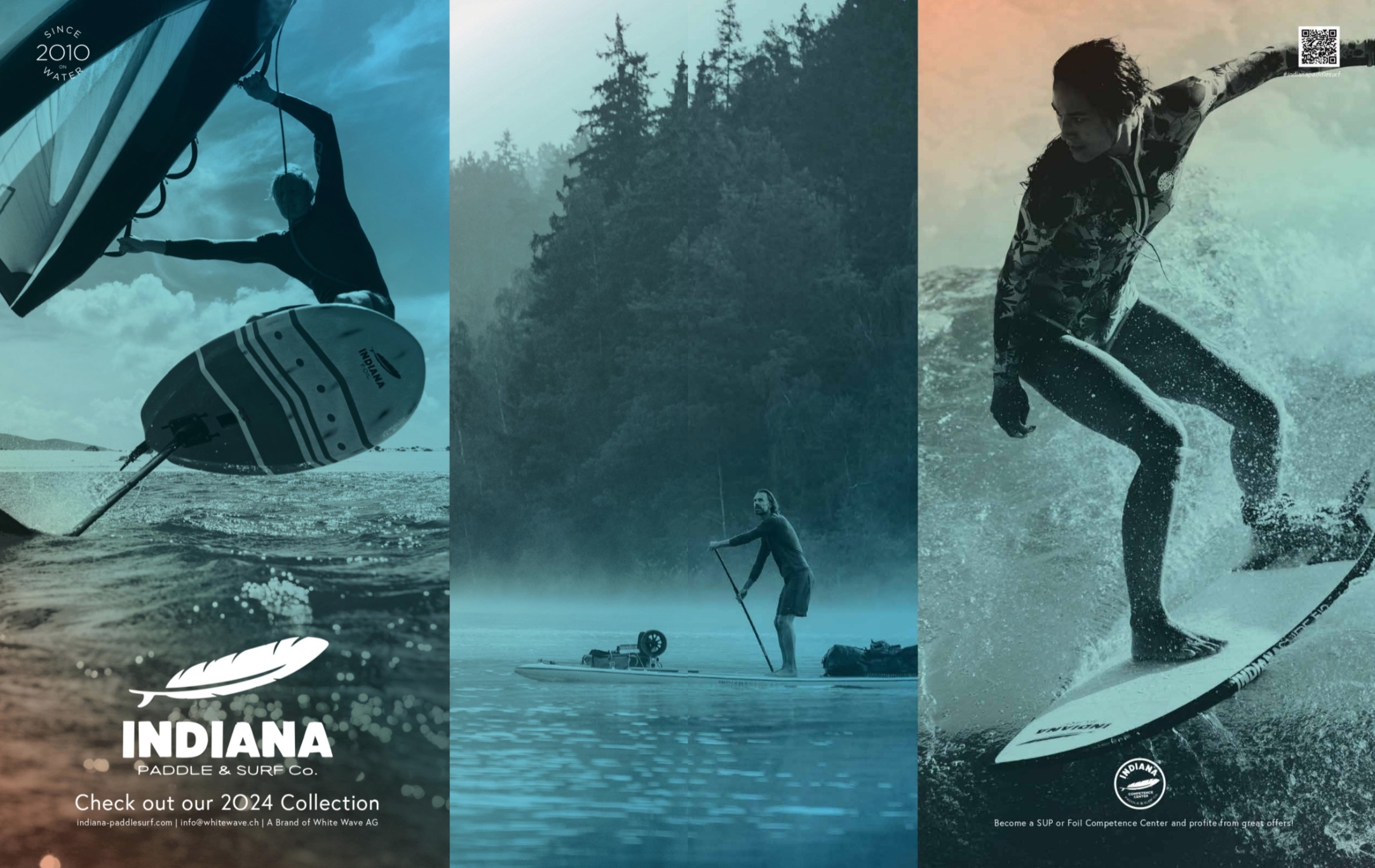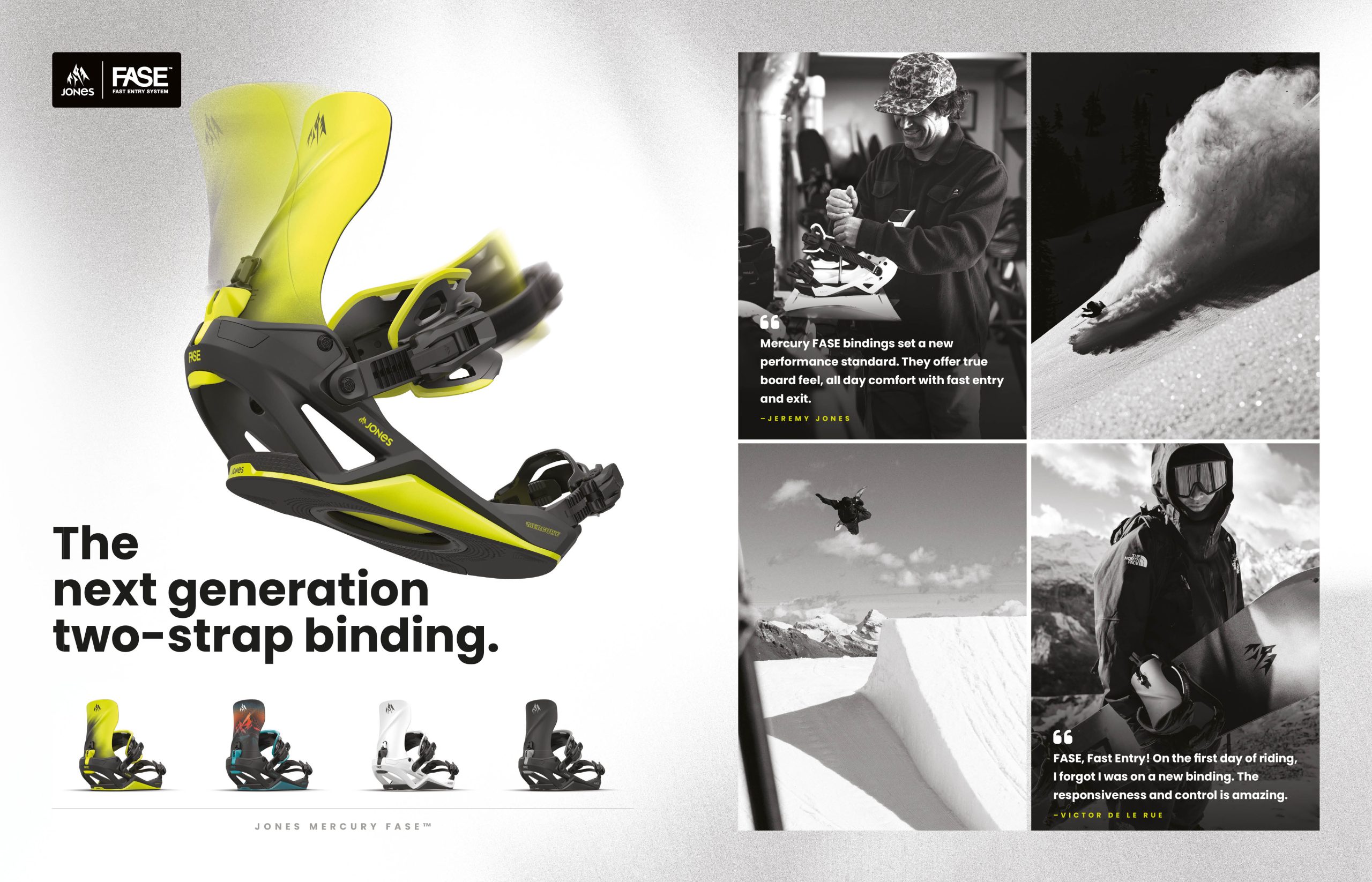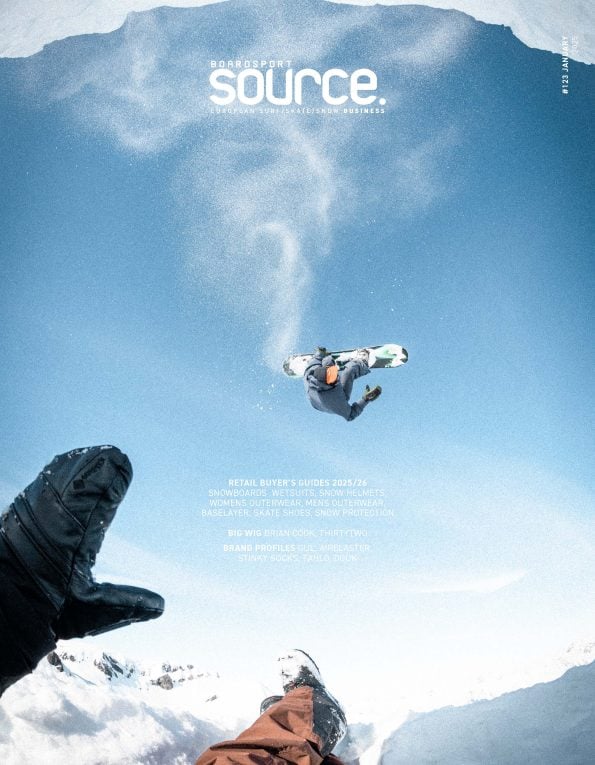Wetsuits FW16/17 Trend Report
 |
| C-Skins |
Comfort in cold water is priceless. To make the most of the glory season, consumers are prepared to do anything, including investing in a high-end wetsuit. Frigid conditions no longer have the upper hand on good surf conditions and improbable new destinations are cropping up. The efficient, warm and lightweight nature of the top-of-the-rangers make you almost forget about the icebergs floating beyond the sets. A study by Denis Houillé.
LUXURY FOR ALL
It’s a fact; the winter demand for neoprene is continuing to expand, just like the surfing public is in general. Younger and younger, older and older, we all want to surf more often, for longer and further. Faced with continually increasing demand year after year, the range of products is expanding and we can see that the market is fragmenting “and the consumer now has various options from smaller independent brands,” confirms Finisterre Founder, Tom Kay. It’s the same story at C-Skins where Technical Director Mark Brown observes that “more and more clothing brands are launching a wetsuit in parallel to their clothing lines and we are expecting this trend to continue.”
You can also see more women in the water, in the middle of winter, commanding respect and, inevitably, participation of men is also on the rise. Fiona Bray, sales manager for Glide Soul, is noticing a constant increase in the number of women participating in watersports all year round. Whether it’s surfing or swimming, wakeboarding or kiteboarding, “neoprene has to be an extension of their wardrobe,” says Fiona, so now you have to add “crop tops, leggings, bodysuits and not just full wetsuits” to your order. Moreover, to complement its range of technical wetsuits, Roxy have even decided to add a fashion collection, the Pop Surf Capsule, “designed to add wow factor to the water with colour prints and offer the best in terms of cut and performance,” explains Xavier Faucher, EMEA Product Manager.
 |
| O’Neill |
More specifically, surfing in cold, or even glacial waters has never been so accessible and “as winter wetsuits become more efficient, lighter and more flexible, the physical demands of paddling in the cold actually decrease,” describes O’Neill Wetsuits’ European Product Manager, Joe Turnbull. Denmark, Iceland, Russia… every country wants to be able to kit themselves out and make the most of their coastlines, lakes or rivers in a workable way, without shivering or breaking the bank. As Xavier Faucher from Quiksilver sums up, “the price of wetsuits remains very reasonable considering the technology that they carry and their manufacturing process.” Indeed, we can see that sales of 5/4/3 and 6/5/4 models with integrated hood – in other words the most expensive – are increasing each year and the price doesn’t seem to put people off.
“Sales can fluctuate according to the mildness or harshness of the winter,” observes Mark Brown from C-Skins, but ultimately mid-winter quickly helps the customer decide on that extra 100-150 euros-worth of warmth. To meet the rising demand for water of 0-3 degrees, found mostly in Europe, Patagonia decided to add an R5 to their range. No matter what the latitude, the water or air temperature, winter surfing is benefitting from increasing popularity year after year, pulling the market into new territories.
 |
| Rip Curl |
Furthermore, the top-of-the-range is not the only segment to benefit. We continue to see these technical characteristics filtering down towards the mid and entry level ranges. This is especially true at Alder, whose basic models are blessed with quick-drying liners and reinforcements at the wrists and ankles “directly borrowed from our top-of-the-range”, as John Westlake describes. Rip Curl are also using the strong points of their best-sellers (Flashbombs and EBombs) to benefit their mid-range models (Dawn Patrol), girls and juniors especially. At Billabong, the focus is on the entry-level, “It’s very important to be able to offer high-performance wetsuits at a reasonable price”, states Technical Division Manager, François Leits.
Insulation, comfort, elasticity… in the end the consumer wins here at all levels and as Phil Bridges, Tiki Wetsuits Desinger highlights, “we are getting a better quality/price ratio and tangible sales arguments rather that pseudo-scientific advertising.” Even the manufacturers with their headquarters in the Unites States are playing the game and preventing the Europeans from suffering (too badly) from the increase of the dollar on imports.
 |
| Alder |
More than just a trend, cold water surfing is establishing itself as an authentic, enduring, extreme discipline. Even more striking than crystalline tropical waters, the dark, snowy beaches of the Nordic countries offer sensational landscapes that make for some refreshing surf photography. This is a phenomenon that will inevitably be seen in advertisements, as observed at Gul Wetsuits from whom “cold water surfing has become a real focus of our communication every winter.”
ASSEMBLY AND COMFORT OF USE
Previously, the assembly of the neoprene panels was considered as one of the more random things “to watch for” in wetsuit production. We even thought that the more panels a wetsuit had, the more it would prove supple and ergonomic. This is not the case at all.
 |
| Madness |
Henceforth, even before judging the warmth or resistance of a wetsuit, the first criteria for customer satisfaction is comfort and fit, particularly when trying it on. “The quality of all the brands is really high now”, states Benoit Brecq, Marketing Manager from Madness/HOFF, “so the brands work now on really good sizing and fitting.”
In reality, not many wetsuit brands have their own templates for each body size, this is delegated to the manufacturing factory. Only the sharpest surf outfitters have specialists in their development teams who are capable of producing and adjusting each panel of neoprene. This is a difficult level of expertise to reach when launching into this market.
Alongside frontzips, wetsuits without zips or “zip-frees” are enjoying growing popularity. Their ease of use and faultless ergonomics confirm that this trend is here to stay. But to please everyone, ION Wetsuits are now offering 2 fits, regular (back zip) and tailored (front zip). “We did that simply to accommodate all body types”, explains Carlo Rauen: “At first shop managers and customers had to change their habits but we are sure it will be effective in the long term.” Also, at Rip Curl, even though the zip-free trend still has the wind in its sails, they have found that some people find them hard to get on and off, “so we called upon our cut specialists in Australia, Sparrow, to work on a new entry system for the last nine months.” The results are already proving really promising as Borja Torres from design enthuses.
C-skins have attended to the very delicate internal neckline area of the wetsuit. By creating the “Iris Closure”, they have managed to imitate a camera lens that makes it easy to get into, keeps it high and without water entry or exit. Not feeling the cold or tiredness are amongst the priorities at Onda Wetsuits who year after year are working on “their wetsuits working correctly with each muscle in the body, especially on the thicker models,” specifies Global Activator Paulo Green.
Finally, the floatation capabilities of wetsuits is a point that Benoit at Madness insists on highlighting when talking about the future of surfing. Given the fact that in winter surfers are confronted with heavier and more dangerous conditions, wearing a lifejacket is sometimes unavoidable. “A mix between a wetsuit and life jacket could be the future of surfing,” he confides.
MAGIC LINERS
There’s a real concentration of technologies (hydrophobic, anti-odour, anti-bacterial) in wetsuit liners this year and they are proving to be real innovation vectors. Practically non-existent a few years ago, these interior fabrics add to the properties of the wetsuit. On one side they add stretch and warmth (by creating an extra layer of air) and on another they reduce the weight of the wetsuit thanks to a hydrophobic treatment that prevents water absorption and speeds up drying when out of the water.
The latest generation of the E5 liner from Rip Curl is said to be even lighter and 25% stretchier. The whole Flashbomb range will therefore carry it and to quote their European product manager, Borja Torres who had the privilege of testing the prototypes this winter, “the level of comfort and warmth that this wetsuit provides is incredible.”
Infrared technologies from Quiksilver and Roxy bring a few extra degrees to your wetsuit thanks to a fabric enriched with mineral fibres that insulate and retain body heat for even longer. Blood circulation and oxygenation of tissues are thereby improved for better performance.
At C-Skins, the cold water specialists, they also have a heat conductor integrated during the lamination process by way of a glue made of aluminium foil, which has an impressive effect on the back of the neoprene. Stay active in the water and your temperature won’t drop.
Lastly, although still comfortable, wetsuits are becoming easier to take on and off because of their texture, the liner doesn’t stick to the skin as most materials do when they get wet. Because of their sanitised treatments these new wetsuits are garnering praise from all audiences, particularly those with sensitive skin, relays Carlo Rauen, Wetsuits Product Manager at ION: “It’s really good to know that we are now able to offer a solution to those who have suffered irritation from wetsuits in the past.”
ECO DESIGN…ALMOST THERE
From packaging, via delivery, to the actual materials used in design, the efforts made by the surf industry and through each of its players is considerable. Recycled card and biodegradable wrapping bags (like O’Neill’s made from corn starch) are starting to become the norm, delivery by boat is the most used (and soon to be aided by wind) and the brands themselves, like Quiksilver, submit alternative elements (non toxic glue, water-based inks, recycled jerseys etc) to their suppliers. The digital age and emails allows for brands, like Gul, to declare themselves “a paperless organisation”. So even though products are going around the world before reaching customers who then go and travel to spots all over the place, everything is done to make the production process more environmentally friendly and to reduce the carbon footprint of the whole neoprene supply chain.
 |
| Patagonia |
But it’s in production and composition that the most noteworthy advance has been made. Started just two years ago by Patagonia, plant-based rubber, and not oil, has become a reality thanks to the company Yulex. Only just available to the public, these “green” wetsuits are now “available in 21 styles, for water between 0-23°”, Patagonia tell us. For Finisterre, “the most eco-friendly products are those that last over time and are built to be used,” as Tom says. So for their very first wetsuit on the market, the brand has concentrated on “maximising the amount of time spent in the water and the durability of the product.”
Finally, we can note some interesting eco-innovations, notably through RG8 (Regenerate) programmes from O’Neill and Resurrection from Rip Curl that are expanding this year; if you take your old wetsuit back when you buy a new one, you’ll get a free neoprene seat cover. Then your old wetsuit will be handed to a company to recycle it into bracelets, wallets and other accessories.







